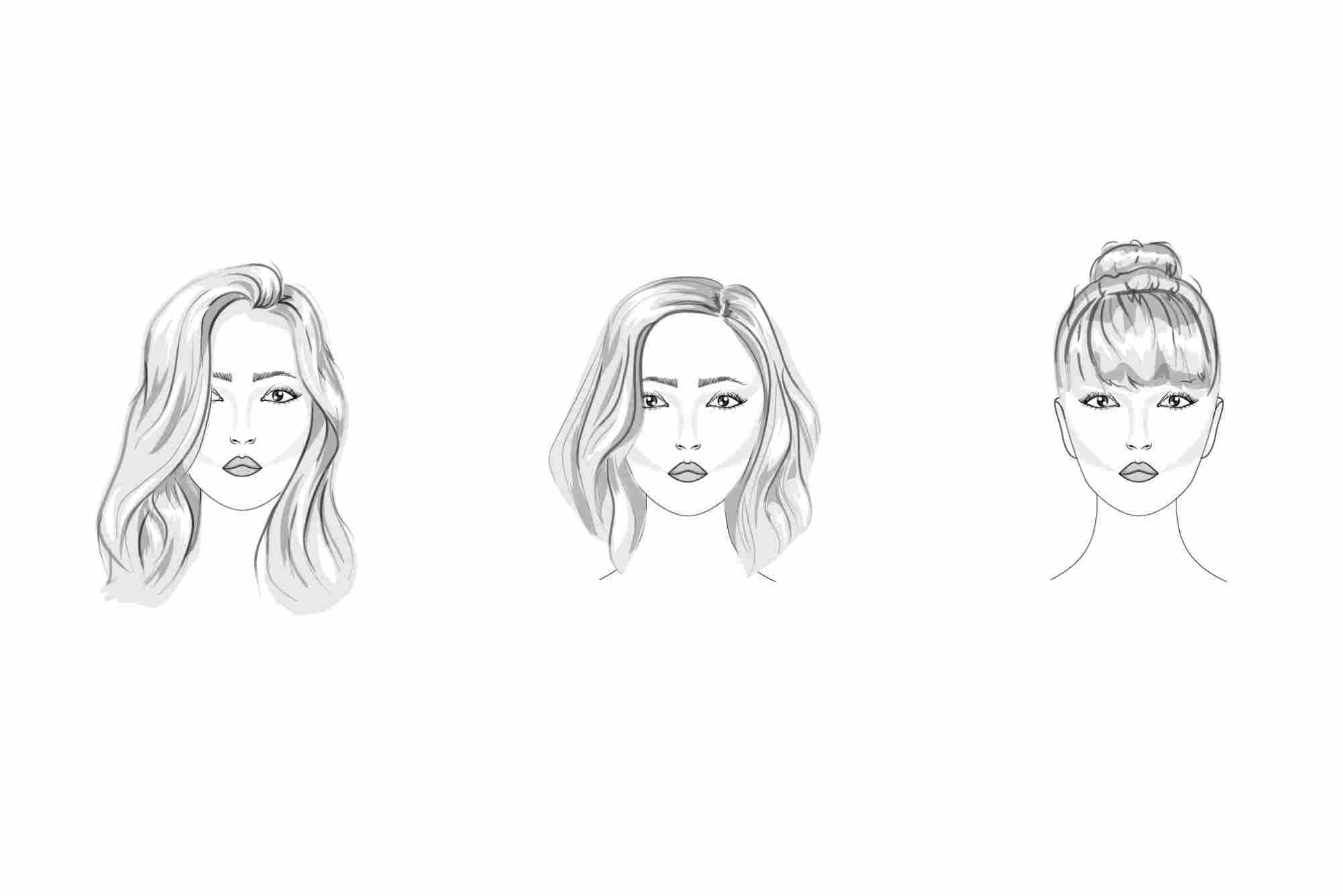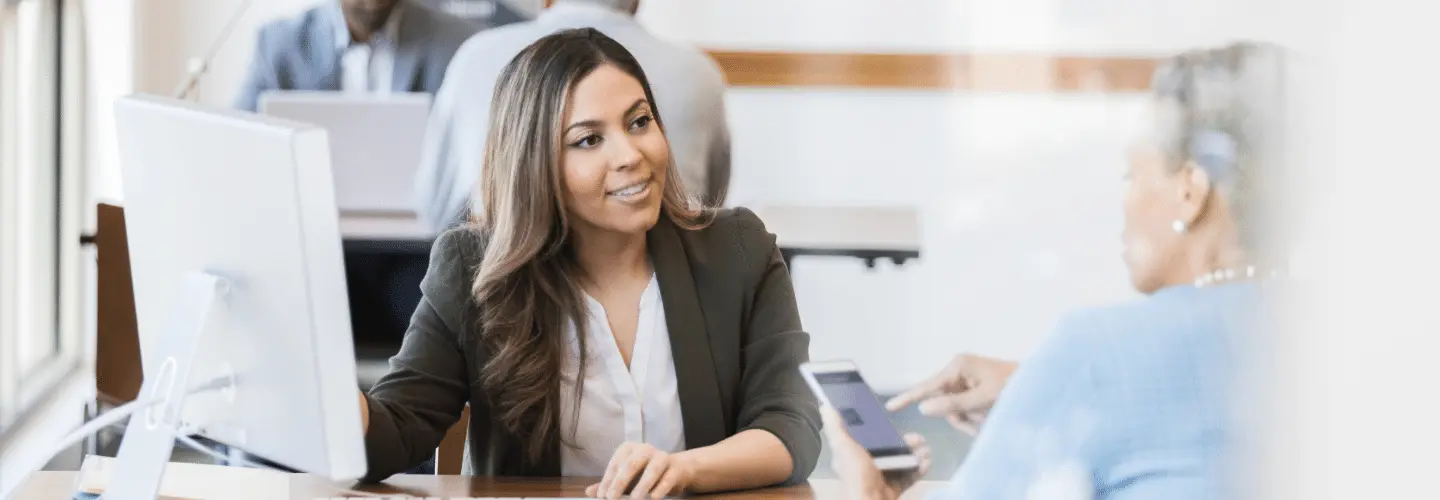Fashion Figure Face Drawing Tips for Beginners
Drawing a fashion figure face can feel overwhelming for beginners. Unlike realistic portraits, fashion illustration faces focus on style, proportion, and expression. They must capture beauty, attitude, and elegance—often in a simplified yet stylized way. Whether you’re starting a fashion sketchbook or pursuing a career in fashion illustration, learning to draw fashion figure faces is essential.
In this guide, you’ll discover easy-to-follow tips for beginners to master the art of drawing fashion figure faces. You’ll also learn how proportions, expressions, and head positions come together in fashion sketches. Let’s begin your journey into stylish face drawing with confidence.
Understanding the Basics of a Fashion Figure Face
Fashion figure faces are not about realism—they are about exaggeration and style. Unlike traditional portraits, fashion illustration faces enhance features like eyes, lips, and cheekbones. This helps convey a mood or showcase the clothing’s vibe.
Ideal Proportions in Fashion Face Drawing
The most common guideline for face proportion is dividing the face into thirds:
- Hairline to eyebrows
- Eyebrows to bottom of the nose
- Nose to chin
In fashion drawings, however, the face is often elongated to enhance elegance. The neck may also be longer and slimmer to match the stylized body. Beginners should start by drawing a symmetrical oval for the head, then sketch the central vertical guideline to align the features properly.
Stylizing Features Without Losing Balance
The charm of fashion faces lies in how stylized they are. Eyes may be bigger and lips fuller, but balance is crucial. If the nose is too small or too far up, the face might look unnatural. Always keep symmetry in mind, even when pushing creative boundaries.
How to Draw Each Facial Feature on a Fashion Figure
Once the face outline is set, you can begin sketching the individual features. Understanding where and how to place them is essential for capturing the fashion illustration style.
Drawing the Eyes
In fashion illustrations, the eyes are often oversized to add expression and drama. Beginners should start with almond shapes. Use soft lines and focus on long lashes. The eyes are usually set halfway down the face, spaced about one eye-width apart.
Sketching the Nose
Noses in fashion figure faces are usually minimalistic. A simple stroke or light shading can suggest the shape without much detail. Focus on placement—right in the center, below the eyes and above the lips.
Creating Fashionable Lips
Lips should be defined but elegant. Many fashion illustrators exaggerate the upper lip or add a pout for attitude. Draw the center line of the lips first, then build the shape from there. Keep it smooth and symmetrical.
Designing Eyebrows and Eyelashes
Eyebrows frame the face and should reflect the mood—arched for high fashion or straight for a softer look. Eyelashes, especially in female figures, can be exaggerated for drama. Use flowing strokes rather than harsh lines.
Drawing the Ears and Hairline
Ears usually align with the eyebrows and nose base. In fashion sketches, hair plays a big role in setting the mood. The hairline should flow naturally with the head’s curve. Avoid hard lines; instead, use sweeping motions to define volume and texture.
Tips for Creating Expressive Fashion Faces
Fashion faces must show emotion, style, and elegance. Here’s how to make your fashion faces come alive.
Use Facial Expressions to Tell a Story
Even a subtle smirk or arch of the brow can change the narrative of your illustration. Practice different expressions by changing the eyebrows or lip curves.
Add Attitude with Head Tilt
A slight tilt to the head or raising one eyebrow adds character. These little changes make the drawing feel more professional and less robotic.
Experiment with Hairstyles and Makeup
Hairstyles help set the fashion era or vibe—slick buns, voluminous curls, or edgy pixie cuts. Likewise, makeup details like bold lips or dramatic eyeliner amplify the fashion feel.
Common Mistakes Beginners Should Avoid
Avoiding these pitfalls will drastically improve your fashion figure face sketches:
- Over-detailing: Less is more in fashion illustration. Suggest, don’t draw every pore.
- Ignoring symmetry: While fashion faces are stylized, they must remain balanced.
- Misplaced features: Always map out guidelines before drawing facial features.
- Flat expressions: Use eyebrows, mouth curves, and eye direction to add life.
How to Practice Drawing Fashion Figure Faces
To improve, regular practice is key. Start with quick 5-minute sketches of faces from different angles. Use photo references from fashion magazines or runway photos. You can also trace basic outlines first to understand proportion, then try sketching freehand.
For additional inspiration, explore work by famous fashion illustrators like David Downton or Megan Hess. Their use of shape and style offers great learning opportunities.
Tools and Materials to Get Started
You don’t need fancy equipment to draw a stunning fashion figure face. Start with:
- Pencils (2B, 4B for shading)
- Eraser and sharpener
- Smooth sketch paper
- Fine liner or brush pens for inking
As you improve, you can add color using markers, watercolors, or digital tools like Procreate or Adobe Fresco.
Real-Life Applications of Fashion Figure Face Drawing
Knowing how to draw fashion faces can open doors in many creative industries. You could design fashion mood boards, create custom illustrations for blogs, or even become a fashion illustrator for magazines.
Many stylists and designers use fashion figure drawings to communicate ideas quickly to clients and colleagues. Your sketches can help shape visual branding and even inspire final garments.
Start Sketching with Confidence
Mastering the fashion figure face may take time, but it’s a rewarding journey. With practice and patience, you’ll find your own style and voice in fashion illustration. Keep sketching, exploring, and never be afraid to try new techniques. Your next great design starts with a single confident stroke.
Ready to improve your fashion drawing skills? Grab your sketchbook, practice the tips above, and create your own stunning fashion figure faces today!
FAQs About Drawing Fashion Figure Faces
How do you draw a fashion face step by step?
Start with an oval shape, add a vertical center line, then divide the face into thirds. Place the eyes halfway down, nose below that, and lips between nose and chin. Sketch features lightly before detailing.
What are the proportions of a fashion face?
While traditional faces follow equal thirds, fashion faces often elongate the features. The chin may be slimmer, the neck longer, and the eyes larger for dramatic effect.
Is it okay to exaggerate features in fashion drawing?
Yes. Fashion illustration thrives on stylization. Bigger eyes, fuller lips, and longer necks are common and help express elegance and attitude.
Can I use real model photos to practice?
Absolutely. Tracing model faces can help understand proportions and angles. Eventually, move to sketching freehand to develop your own style.
What tools do professionals use for fashion face sketches?
Professionals use graphite pencils, markers, fineliners, and digital tablets. Beginners can start with simple pencils and upgrade over time.
Where can I learn more about fashion illustration?
Online platforms like Skillshare and Domestika offer excellent courses by top fashion illustrators. Fashion illustration books are also a valuable resource.





